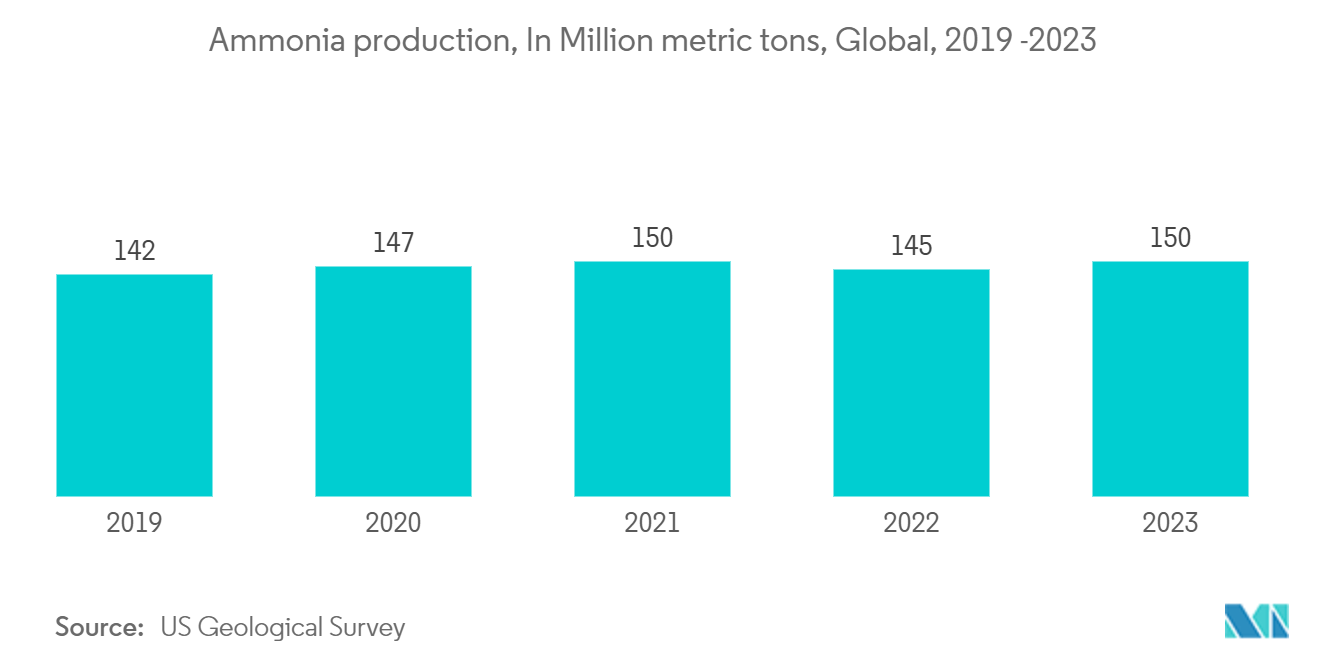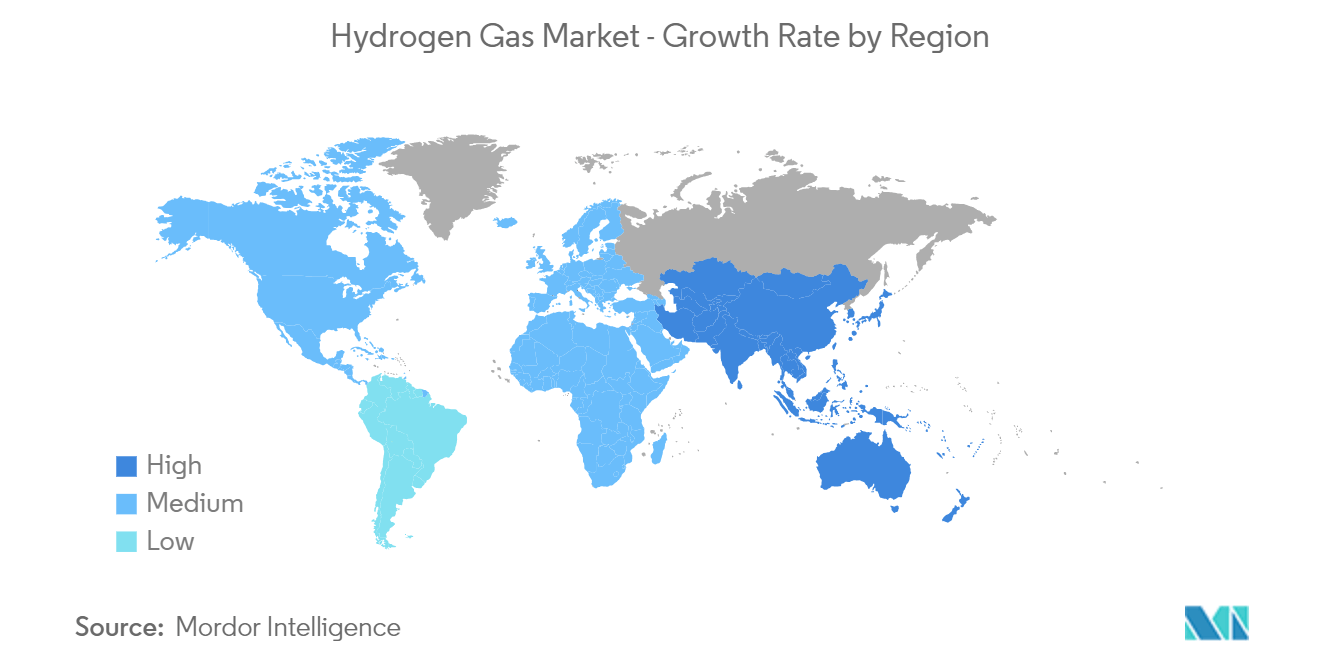Market Trends of Hydrogen Gas Industry
Ammonia Production Expected to Dominate Market Demand
- Ammonia ranks among the world's most vital chemicals. Industries predominantly utilize the Haber-Bosch process, also referred to as abiotic or artificial nitrogen fixation, for ammonia production.
- The Haber-Bosch method, a cornerstone of industrial ammonia production, facilitates chemical reactions between atmospheric nitrogen and hydrogen. This occurs under elevated temperatures and pressures, employing metal-based catalysts like iron and molybdenum.
- Typically, hydrogen in the Haber-Bosch process is sourced from fossil fuel feedstocks. The predominant method for hydrogen generation involves reacting natural gas with steam in a steam reforming unit.
- Given the challenges associated with storing and transporting hydrogen gas, ammonia and fertilizer production facilities often integrate hydrogen generation units (HGUs). These units utilize fossil fuels (including natural gas) and other feed reformers.
- Data from the United States Geological Survey (USGS) revealed that in 2023, global ammonia production reached 150 million metric tons, marking a 3.45% increase from the previous year.
- East Asia led global ammonia production in 2023, churning out approximately 64.6 million metric tons. Notably, China emerged as the world's top ammonia producer, contributing around 43 million metric tons.
- USGS forecasts indicate a projected 6% rise in global ammonia capacity over the next four years.
- The United States, holding the position of the third-largest global ammonia producer, generated 14 million metric tons across 35 facilities operated by 16 companies.
- Given these dynamics, the market is poised for significant shifts in the coming years.

Asia-Pacific Expected to Dominate Hydrogen Gas Market
- Enormous demand for hydrogen gas exists in the Asia-Pacific region. It is expected to be the fastest-growing region in the world in terms of market volume and maintain its dominant position in the global hydrogen gas market.
- China and India are among the world's largest countries in terms of demand for hydrogen gas due to supportive policies and various projects undertaken by these countries worldwide.
- In March 2022, the Chinese government unveiled its first long-term hydrogen plan for the period of 2021-2035. This comprehensive strategy focuses on a phased approach to foster the development of a domestic hydrogen industry, emphasizing technological advancements and manufacturing capabilities. The plan aims to achieve an annual hydrogen production target of 100,000 to 200,000 tonnes from renewable sources by 2025 and facilitate the widespread adoption of renewable hydrogen in the economy to support China's transition toward green energy by 2035. Furthermore, the plan encourages the significant expansion of hydrogen production from various renewable sources over the next 15 years, promoting a diversified approach to technology pathways rather than relying on a single method.
- According to the China Hydrogen Alliance, China anticipates a surge in hydrogen demand, reaching 35 million tons by 2030, constituting at least 5% of the country's energy supply. This demand is projected to rise further to 60 million tons (10% of energy supply) by 2050, eventually reaching 100 million tons (20% of energy supply) by 2060. The hydrogen industry is expected to generate an output value of CNY 1 trillion (USD 157.44 billion) as early as 2025.
- In January 2023, the Government of India unveiled the National Hydrogen Mission, a strategic initiative to establish the country as a prominent producer and exporter of green hydrogen. With a budget of INR 19,744 crore (~USD 2.3 billion) approved by the Union Cabinet, the mission aims to have an annual production capacity of 5 million metric tonnes (MMT) of green hydrogen by 2030, accompanied by a renewable energy capacity addition of approximately 125 GW.
- In addition, the global production and consumption of ammonia are at their highest in China and India, with these countries becoming major markets for hydrogen gases.
- The growth of the hydrogen market in the region is likely to be driven by all these factors over the forecast period.


